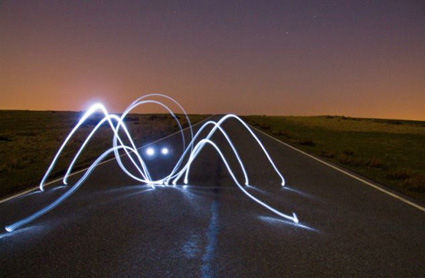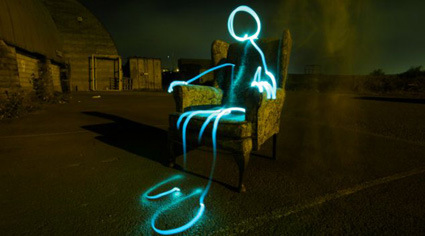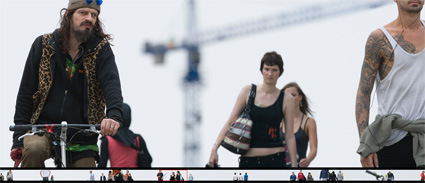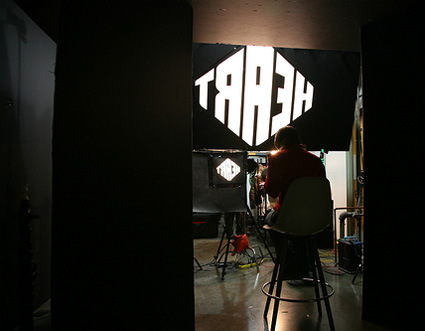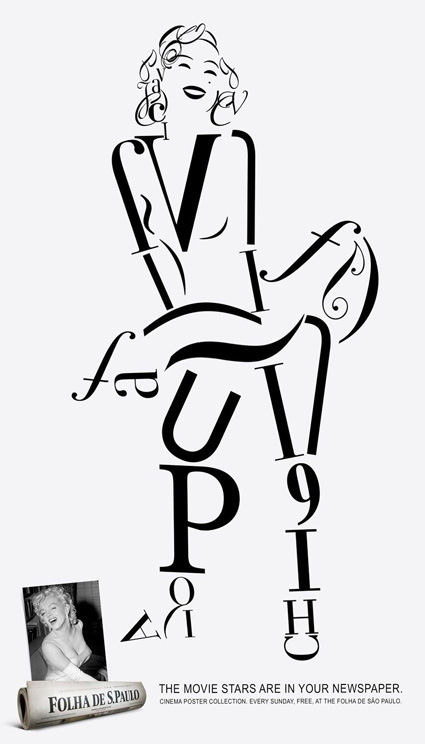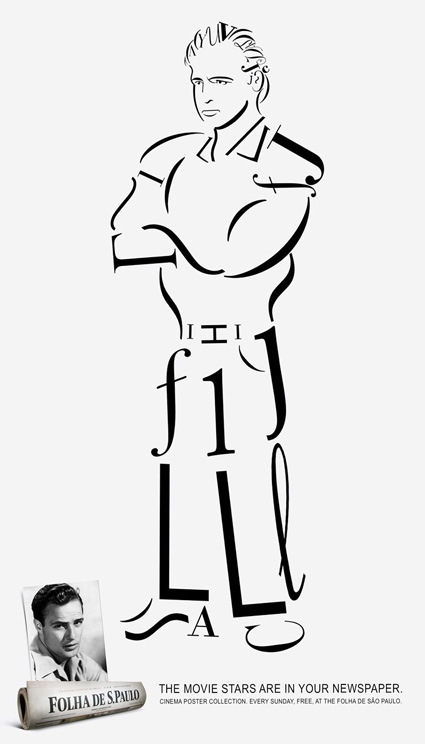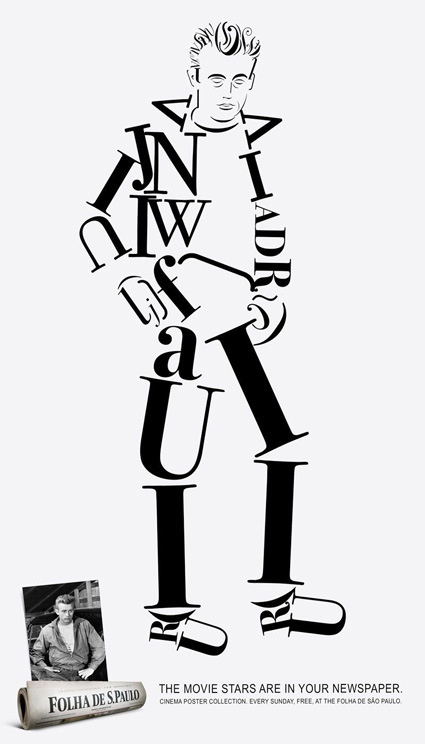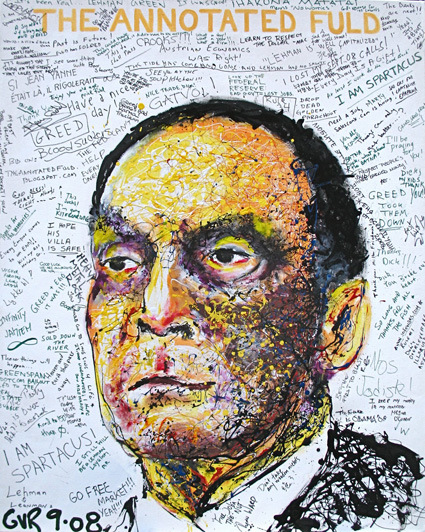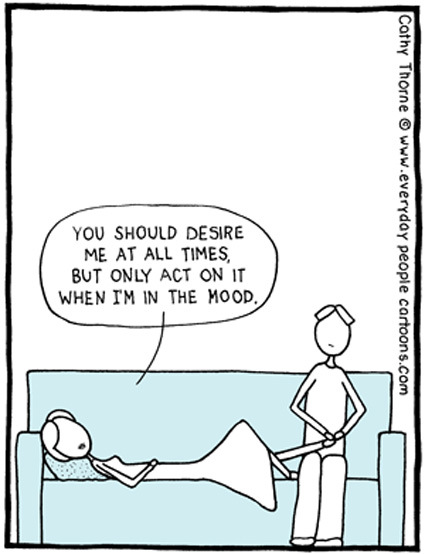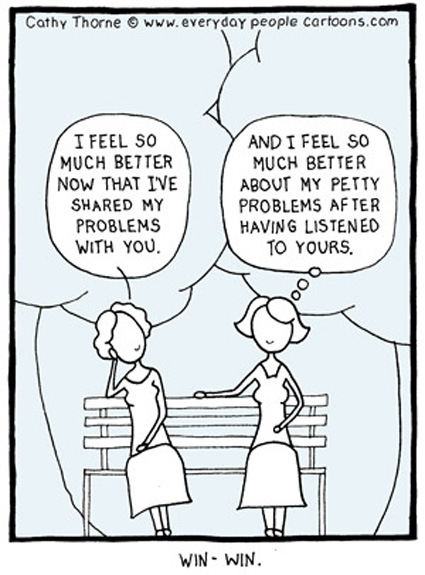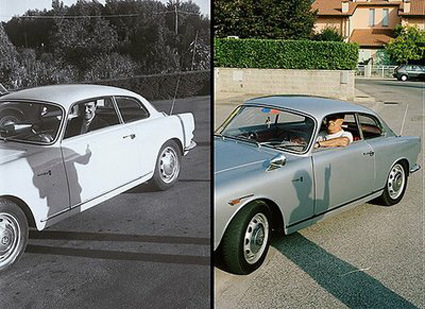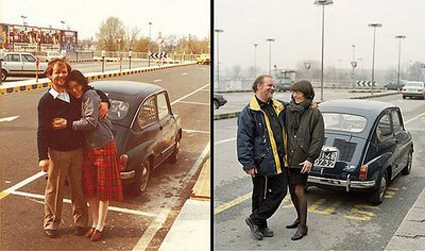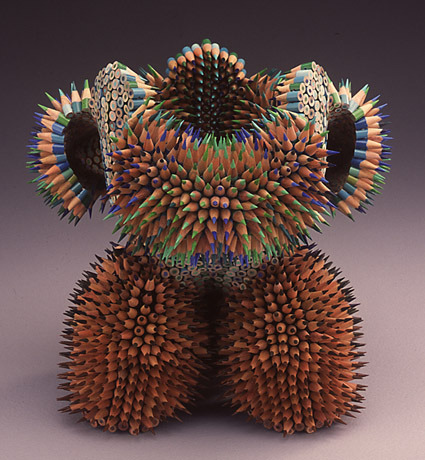Bombay Sapphire has always been somewhat the Patron Alcohol of the design scene – you can see their presence in virtually every major design show. Traditionally they’ve also organized an annual design competition with the theme of designing a martini glass to contain their liquid in. This year, however, it seems like they’ve taken on a different subject.
‘Glass’ was the focus – not just the vessel holding the gin – but the material itself.
Glass is an everyday material that in the hands of a talented artist or designer can be transformed in countless ways to produce stunning results. To spotlight contemprorary glass and to reward the creativity and expertise of artists, designers and architects working with glass, the BOMBAY SAPPHIRE Foundation launched the world’s biggest annual glass award.
And here are the winners (there are two! They will be sharing the top prize):
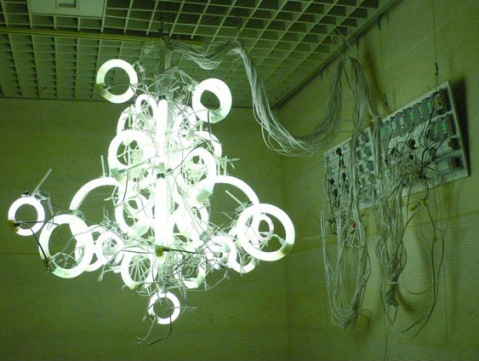
‘Untitled (Chandelier VII)’ by Yuichi Higashionna, Japan is composed of various sized circular fluorescent lamps. In Japan, unlike Western countries, people prefer lighting their home very brightly with fluorescent lamps, favouring the very white light that is emitted from these lamps. Mystified as to their popularity, Higashionna takes this mundane everyday lighting product and creates an elegant chandelier with an extravagant industrial twist. The assembled circular lamps and electric cords are left exposed, giving the piece its rawness. The chandelier is an artwork rather than a lighting appliance, a handmade object, not a product.
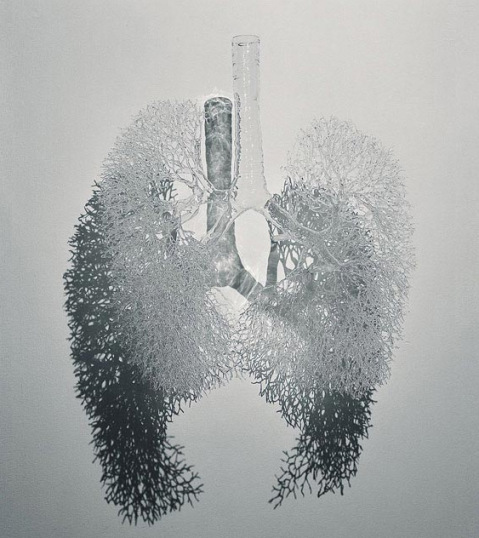
The inextricale link between the making process of, and what it represents, is at the root of ‘Capacity’ by Annie Cattrell, UK. It is made by blowing air into malleable glass; therefore the act of breathing creates the organ of breath, the human lungs. Working with borosilicate glass and lampworking techniques traditionally used by laboratory glassmakers, Cattrell constructs and models the overall structure; elegantly assembling and fusing hte blown glass trachea, arm and fine outer branches together to create the human lungs.
The structure’s light aesthetics, suggestive of the breath and the paradox of the fragile yet resilient qualities of glass intensify the connection between the complexity of the body and the transitory nature of life.
I prefer the second one. But if you want to see more finalist, head on to the Gallery at Bombay Sapphire.
[Pet peeve – I know it is required by law, but it’s really irritating (not to mention ineffective) that liquor sites have to have this ‘Are you under 18’ check on their website. As if it’s ever effective in any way. Just simply a little hypocritical device that everyone knows doesn’t work, and everyone still has to put it up for politically correct reasons. Gah.]
